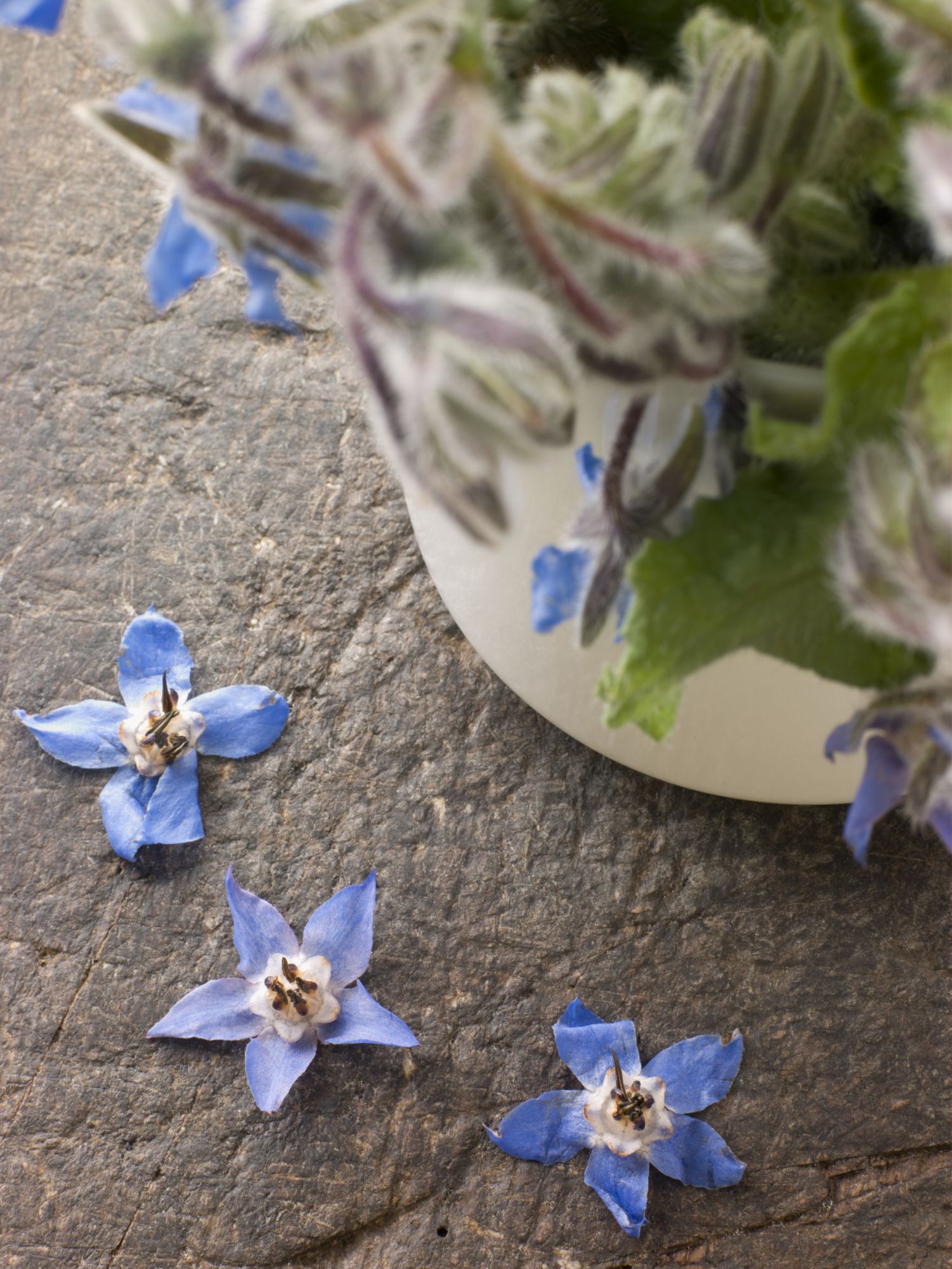-
 Allochemical
Allochemical
-
 Diffie-Hellman
Diffie-Hellman
-
 Max Havelaar
Max Havelaar
-
 Signal to noise ratio
Signal to noise ratio
-
 Differentiation
Differentiation
-
 Super-Earth
Super-Earth
-
 Buffering
Buffering
-
 Coelacanth
Coelacanth
-
 Biogenic amine
Biogenic amine
-
 DLP
DLP
-
 Orexin neurone
Orexin neurone
-
 Alluvial deposit
Alluvial deposit
-
 SPICAV
SPICAV
-
 Cervical smear
Cervical smear
-
 CT scan
CT scan
-
 Transparent
Transparent
-
 Sweat gland
Sweat gland
-
 Videophone
Videophone
-
 Analemma
Analemma
-
 Catheter
Catheter
-
 X-15
X-15
-
 Altimetry
Altimetry
-
 Plateosaurus
Plateosaurus
-
 Call waiting
Call waiting
-
 Slurry
Slurry
-
 Submersion
Submersion
-
 Pillow lavas
Pillow lavas
-
 Ghost lineage
Ghost lineage
-
 Lemon
Lemon
-
 Kelvin
Kelvin
Borage
Borage is commonly found on uncultivated land and roadsides and is an annual herbaceous plant with a cylindrical stem. The stem may grow to 50 cm in height. The tip of the stem carries loose clusters of blue flowers. It is rich in potassium and known particularly in herbal medicine for its diuretic and purgative properties. Borage originates from North Africa and has spread out through Spain to cover the whole of Europe.
The plant is covered with short, sharp hairs which make it rough to the touch. Gloves need to be worn, therefore, when it is gathered. It is collected by cutting the upper part of the stem. The extracts are then dried. The young leaves can be eaten in salads or added to soups. The above ground parts are sometimes used in the cosmetic industry.
Borage, a herb for sweating
Borage is grown as a medicinal plant. It is rich in potassium giving it diuretic and purgative properties. Its Arab name abu rach means "the father of sweat" . The plant flower tips - which have a flavour reminiscent of gherkins - and the leaves can be used separately Borage also has anti-inflammatory properties. In particular it relieves urinary tract inflammation. It is also effective as an infusion for some respiratory tract problems, cough, etc.... Finally, topical applications are useful for skin rashes and inflammation. Ask your pharmacist if you have any questions.
Source: Plantes médicinales, Ed. Gründ
 Borage: "the father of sweat". © Phovoir
Borage: "the father of sweat". © Phovoir
Latest
Fill out my online form.



